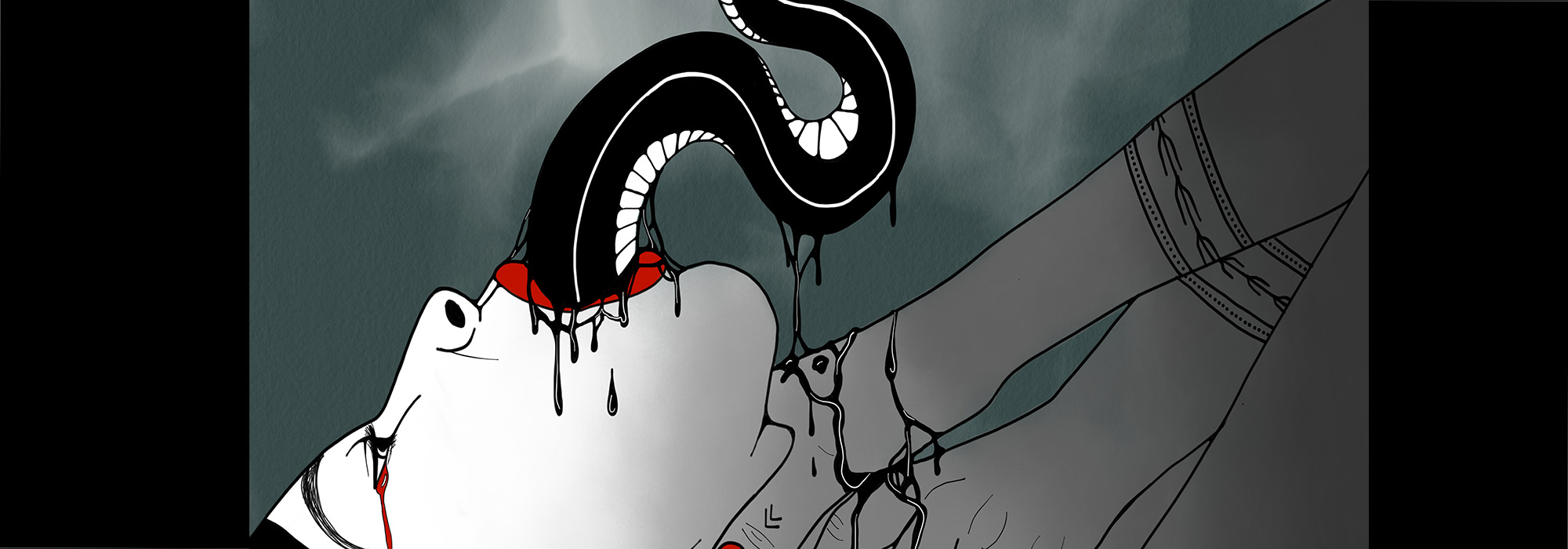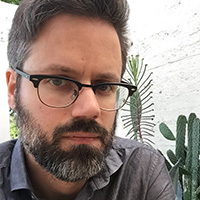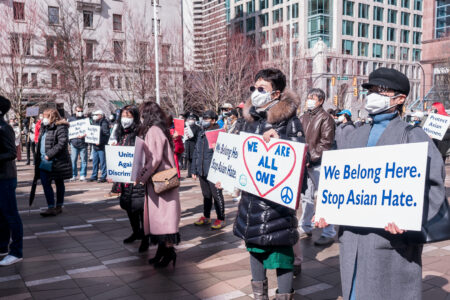
Colten Boushie died without justice, but it is also true that he lived without justice. The bulk of public attention has focused on the last moments of the young Cree man’s life and the ensuing jury trial that saw his killer, Gerald Stanley, walk free. The discussion has centred on purely procedural and settler conceptions of justice and displaces any consideration of the humanity and moral worth of Colten — and all Indigenous people, for that matter. The public conversation overlooks how the entirety of Colten’s life, as an Indigenous person, was lived without justice.
We cannot understand the outpouring of grief, rage and indignation toward the verdict unless we view the trial in light of the Canadian state’s promise to effect reconciliation between Canadian settlers and the Indigenous peoples within its borders. We cannot comprehend how justice eluded Colten Boushie in death and in life without reference to the promises and failures of reconciliation thus far.
Reconciliation has been framed as an ideal of justice that aims for the full recognition of Indigenous life. On the one hand, reconciliation requires formal legal recognition, ostensibly to be negotiated on nation-to-nation terms. On the other hand, reconciliation has a social character, including the revitalization of Indigenous nations, languages and cultures; reparations; and the rematriation of land adequate to the flourishing of self-determining Indigenous peoples; as well as the full recognition by settler Canadians of the significance of Indigenous cultures and values. Thus, the fulfillment of the promise of reconciliation entails not only the formal and just recognition of Canadians, First Nations, Métis and Inuit peoples in laws and institutions but also the full recognition of the value of each of these lifeways.
Reconciliation means, in our view, a substantial form of recognition that would lead to the transformation of Canadian public institutions to make substantive, rather than merely formal, space for Indigenous peoples. This might include shared constitutional sovereignty with Indigenous governments, as scholar Hayden King alluded to on CBC Radio’s The Current on February 15. In our view, such a full recognition of Indigenous peoples would radically transform all of these social relationships.
And yet, even the term “recognition” itself fails to describe fully what would be a dynamic of Indigenous resurgence and self-determination: a transformative justice that includes both Indigenous self-empowerment and, on the side of Canadian settlers, a comprehensive self-critique of the racist and exploitative structures and attitudes of settler society.
But early in the process of reconciliation, as it was initiated by the Canadian state, the disagreement and divergence between the Crown and Canadian society and Indigenous peoples became clear. For outlining the goals of the process of reconciliation requires identifying the failures of Canadian society both in the past and in the present. Clearly, the Canadian judicial system has wronged Colten Boushie; it has wronged Indigenous peoples. But the problem at hand requires identifying where the wrongs — the failures of recognition and, by extension, reconciliation — occur.
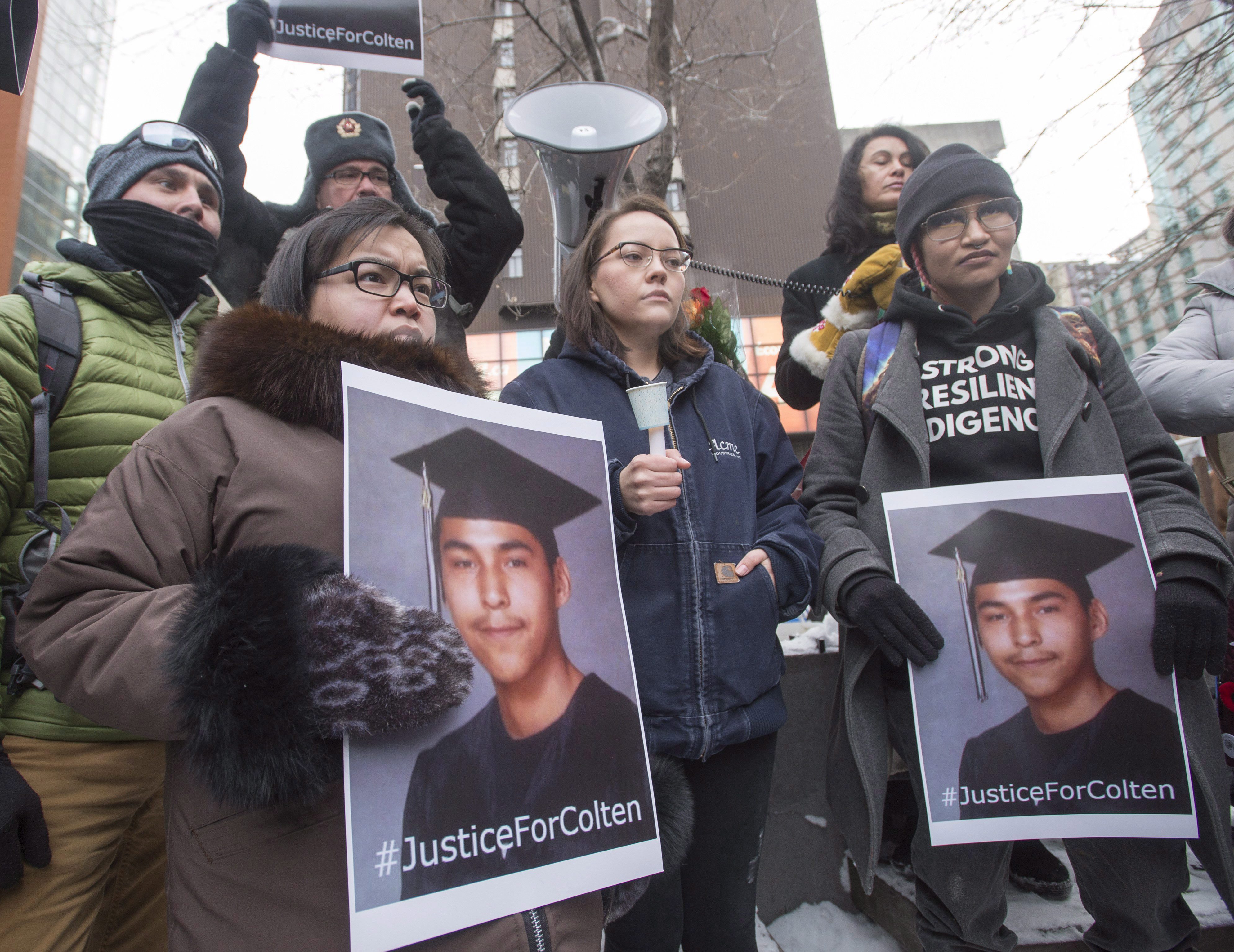
Quite apart from what is commonly described as the “justice system,” from policing through the courts and including corrections, justice conceived as equality and recognition is often only formally achieved for Indigenous people. Article 1 of the United Nations Universal Declaration of Human Rights — which Canada voted in favour of adopting — formally bestows equality, stating, “All human beings are born free and equal in dignity and rights.” Saskatchewan, for its part, introduced the first provincial Bill of Rights in 1947; it recognized racial, ethnic and national equality, although it restricted them to a very narrow scope of social and economic domains such as employment and education.
This limited view of justice as formal equality and equity, and the reduction of justice to a procedural matter found only within society’s highest institutions, have formed the core of the public discussion that has followed the conclusion of Gerald Stanley’s murder trial. Within a matter of days of the verdict and with public tension intensifying as a result of the outcome of the trial, the Liberal government announced that it would undertake a serious study of jury composition and the procedures for jury selection. Prime Minister Trudeau noted, “When Indigenous Canadians are significantly underrepresented on juries and in jury selection pools, we have a problem.” Trudeau went on to highlight the importance of the justice system to reconciliation, adding, “We have much we need to do together to fix this system in the spirit of reconciliation and that’s exactly what we’re going to be doing.”
However, even if the courts are reformed and procedural methods are altered to eliminate administrative inequities and real or perceived injustice, such reorganization and improvement does nothing to address the unjust conditions of lived Indigenous existence. Indigenous people know too well that formal equality and recognition of the inherent value of their individual lives have never been matched with substantive conceptions of justice that recognize the moral worth of their collective existence.
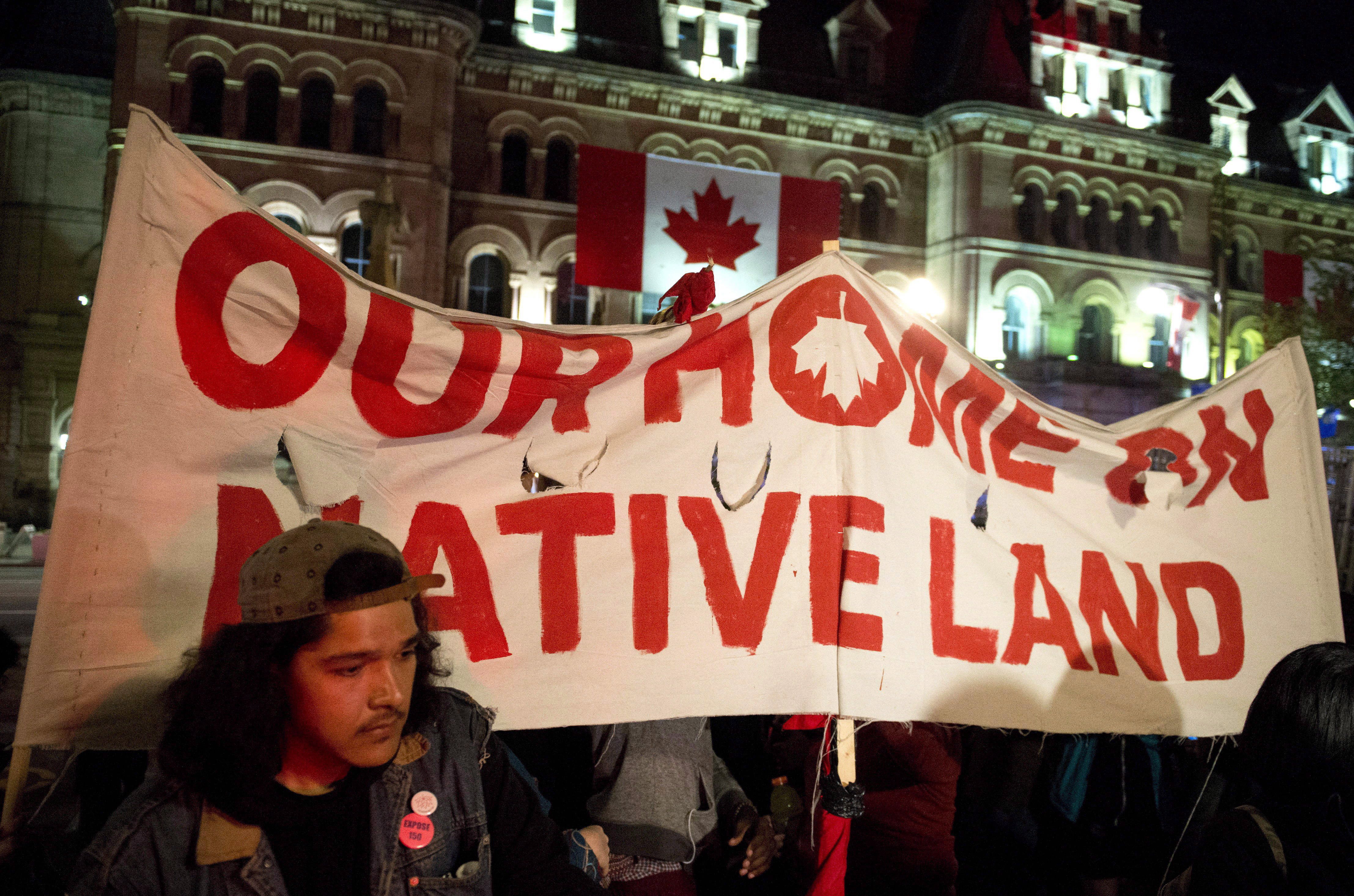
The ongoing injustice toward Indigenous peoples is not merely technical or structural, embodied in institutions, as many other critics in critical race theory and Indigenous studies have noted; it is also affective or subjective, involving the core attitudes, identities, emotions and values that contribute to our sense of self, both as individuals and as members of a community. To a degree, settler individuals come to see themselves as Canadian in terms of values that denigrate and dehumanize Indigenous peoples. For example, one common trope in the Prairies is the claim that settlers enriched and developed the barren landscape that they settled. The underlying assumption is either that the land was barren or that “Indians” had neglected it. In any case, remarkably, this ideology functions as a localization of broader European claims to settler supremacy and imposed Indigenous inferiority, a long and deeply entrenched attitude that shores up colonial domination.
Put another way, the affective side of settler-Indigenous relations in Canada, especially in the Prairies, is one marked by anti-Indigenous racism. Justice toward Indigenous peoples — justice that extends beyond the formal recognition in law to reach toward the transformative recognition of the equality and dignity of all nations within Canada’s borders — involves a self-critique of those settler attitudes that privilege Canadian identity while dehumanizing Indigenous lives.
There were two moments at the conclusion of Gerald Stanley’s trial that were perhaps emblematic of how racism’s structural and affective aspects intertwine. In his final arguments, Stanley’s lawyer insisted that the killing of Colten Boushie was “a tragedy, but it’s not criminal. You must acquit.” In his instructions to the jury, Justice Martel Popescul urged jurors to use their “collective common sense.” With the acquittal, the jury demonstrated that the death of Indigenous peoples at the hands of settler society is tragic but not criminal. This could be “common sense” only for a settler society, in which Indigenous peoples are at best wards of a foreign culture, society and state upon which their survival supposedly depends; a society in which they are never peoples with political agency, history and resilience but only recipients of white benevolence.
There is a cost to the sense of social progress and integrity celebrated recently during Canada 150. And whether one identifies outright with the privileges of settler society or insists that Canadian institutions are fallible but colour-blind, this cost continues to be paid by Indigenous peoples. In The Reconciliation Manifesto, the late Art Manuel chose to phrase this cost in terms of what he called “the 0.2 percent economy.” He notes how the colonial dispossession of Indigenous land reduced Indigenous peoples “to a tiny patchwork of reserves that consisted of only 0.2 per cent of the landmass of Canada.” Encapsulating the Indigenous situation in terms of the 0.2 percent economy emphasizes the role of colonialism both in the past and in the present while it illustrates the material conditions that continue to immiserate Indigenous communities.
If recognition and reconciliation continue to fail Indigenous peoples, it is because settler society continues to fail both to redress the material dispossession of Indigenous peoples and to engage in a self-critique around the values and attitudes that dehumanize Indigenous peoples. As long as the terms that settler society uses to define itself dehumanize Indigenous peoples, calls for reconciliation require the many First Nations, Métis and Inuit peoples to accept or, worse, internalize the racist norms that in part anchor past and present ideas of who is worthy of inclusion within Canadian society. Colten Boushie lived the entirety of his life — just as all other Indigenous people continue to live out their individual and shared existences — without justice, either formally nor substantively
Photo: Poison (2017), digital illustration by Chief Lady Bird.
Do you have something to say about the article you just read? Be part of the Policy Options discussion, and send in your own submission. Here is a link on how to do it. | Souhaitez-vous réagir à cet article ? Joignez-vous aux débats d’Options politiques et soumettez-nous votre texte en suivant ces directives.
.



